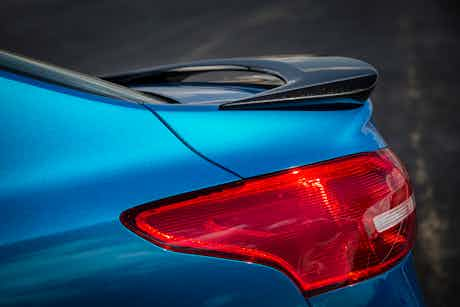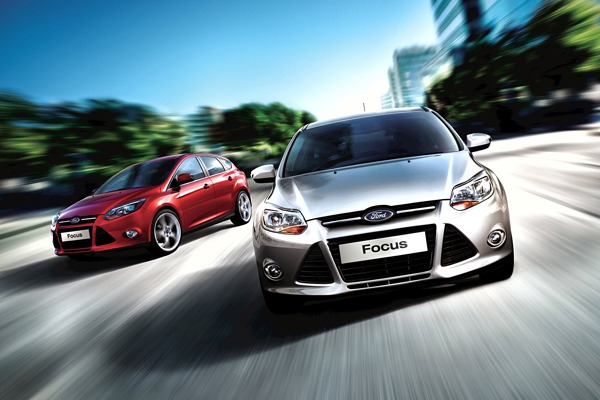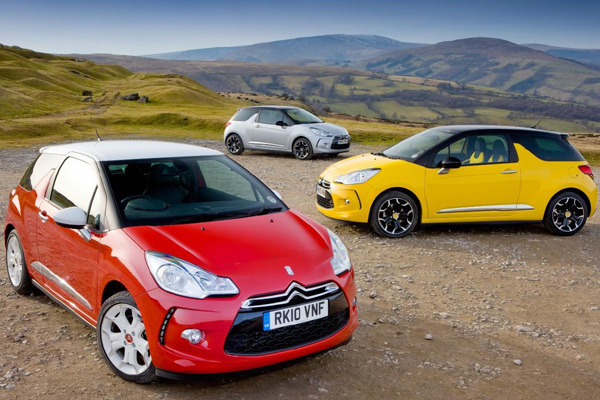Metallic Paint – Is It Worth The Money?
February 17, 2013 by Andrew Evans

One of the joys of buying a new car is speccing it up how you wish, but we always hear cautionary tales about doing so. We’re told that particularly bold paint colour choices may make cars difficult to sell on, while special finishes can attract high repair costs – while others say that metallics are more durable than solid colours.
So before you check that £500 option box, we’ve been taking a look at the facts behind paint options.
Resale Values
We’ve checked on three relatively common cars in the classifieds – the Nissan Juke, the Ford Focus and the Citroën DS3 – to see how the various paint options affect the values of two year old cars.
The Juke’s only basic paint option is solid white, with all additional paint options costing £495. For the Acenta model, median prices for white were around the same as the metallic red option, though silver cars had a median price of £250 more than either.
Regardless of paint option on the Focus Zetec S model, median prices for the used cars were broadly similar with the exception of the most expensive Candy Red option – carrying a premium of around double what the option cost over the base paint!
On the DS3 DStyle, some special paint options were outperformed by the basic white paint in the used market – running a £200 deficit – while the colour that retained its value the best were the blues, beating the black shades by around 5%.
In general, the best performing second-hand colour options are neither the more expensive shades nor the blander silvers, but the ones the car companies themselves choose to use in their advertising…
Repair Costs
When the worst happens, a significant chunk of the repair cost is finishing the body in the appropriate paint. However, it’s not the paint itself that costs the money but the difficulty of application – the labour costs soon rack up.
Solid paints are relatively easy to apply, either using single application water-based paint with a lacquer layer over it or a “two-pack” paint and hardener system. Metallic paints commonly require multiple applications and then several layers of clear lacquer and by simple dint of having to repaint the panel/part, repairs are much more expensive.
Small scratches are much more easily taken care of with solid colours too. They require nothing more than a colour matched paint or touch-up pen, whereas metallic paints are much harder to blend properly in this fashion and will need the attention of a body shop.
Durability
The extra clear layers over metallic paint mean that they are more resistant to very low levels of damage such as stone chips and far more resistant to sunlight fading. Furthermore, when stone chips do occur metallic paints can mask them by virtue of the variation of the colour beneath – though the darker the colour the easier it is to see damage, whatever the finish.
Summary
By and large, it’s true that the premium paid for metallic paint gives a more durable finish day-to-day, but it’s harder to repair properly from more significant damage. However, the resale value is much more readily affected by other options and trends in fashionable colours than whether the paint itself is metallic or solid.


















